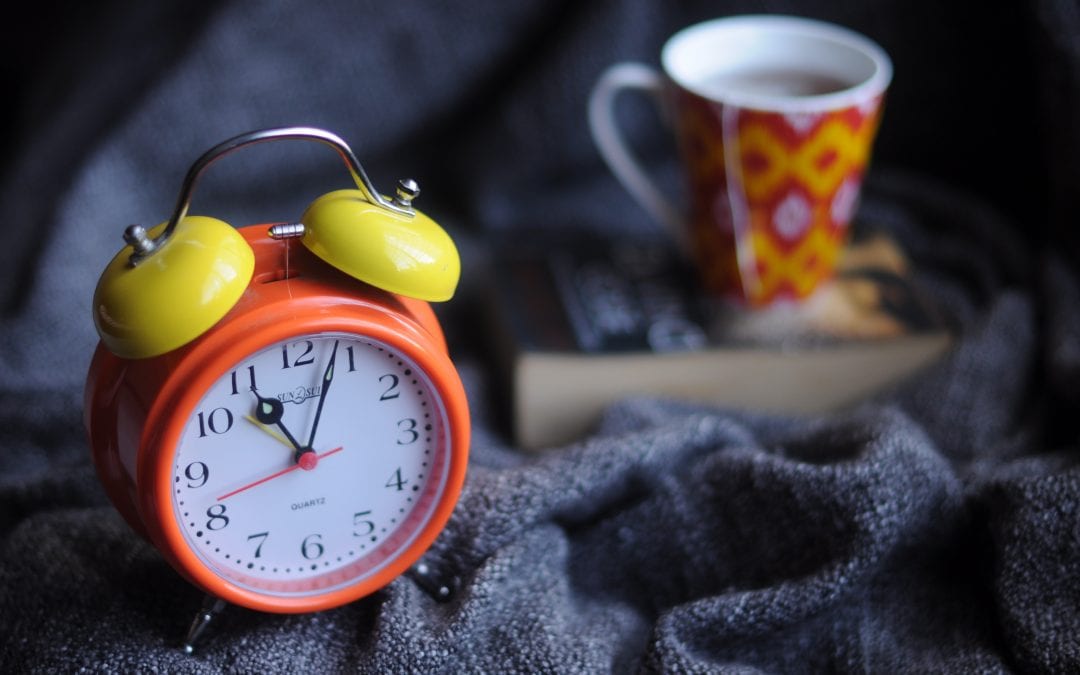It’s that time again. The end of Daylight Saving Time. And guess what? We’re all going to be OK.
First of all, part of the 5 Simple Steps to Predictable Baby Sleep is having your child on a routine that is normal for their age/development. So, start there. If you aren’t sure, please download my FREE Baby & Toddler Sleep Cheatsheet to get that info.
The end of Daylight Saving Time can be GOOD news! When is it good news?
1) When you child is dropping a nap. Do the drop now and have the new shift of moving day time rest to night time sleep be part of what keeps them in bed past their usual wake up clock time in this transition.
2) If your child has a variable sleep pattern now. Start with setting a set wake, bed and nap time ON the new time frame according to the clock on the Sunday of the end of Daylight Saving Time.
3) You have a kid that you have to wake daily for school and it’s a battle.
For the rest of us, having a baby or toddler waking at 6 am (or 5 am) instead of the usual 7 am (or 6 am) is worth trying to influence. To move the schedule “back” to regular time, here are the top tips to shifting your child’s wake time:
1) Move gradually – 15 or 20 minutes per day until the schedule is back to normal. This means moving bedtime and wake up later by 15 minutes for 4 days in a row. Bedtime pushback is pretty easy, but wake time pushback can be trickier. You can either wait to wake them or if they wake at their predictable time, keep lights and stimulation low until the time you intended to push back that day.
Example: Wake time is usually 7 am. Thursday wake at 7:15, Friday at 7:30, Saturday at 7:45 and then Sunday at 7 am (old 8 am). Bedtimes are the same, only pm.
2) Move with their habit/progress – this means if you child sleeps in on one of the days Thursday – Sunday, jump ahead with them and do bedtime as late as they slept in and then add 15 minutes the next day again until at the time desired.
3) New habits and routines take 4-5 days to make, so once you be consistent through the week to see the new routine take shape.
4) Use light to your advantage/protect circadian rhythms from too much – this means keeping iPads, phones, TVs and artificial lights to a minimum before the desired wake time AND before bed (at least 3 hours).
5) Wear them out – this is a great weekend for playhouses, swimming, snow forts and lots of exercise. Being tired always helps when modifying sleep habits from an engrained one.
All in all, like all things sleep, compassion and consistency will win this tiny battle. It’s going to be just fine!
Sincerely,
Sarah Branion
PS – Whenever you’re ready, I’d love to help you with you child’s sleep. Start here with my FREE Baby Sleep Cheatsheet

